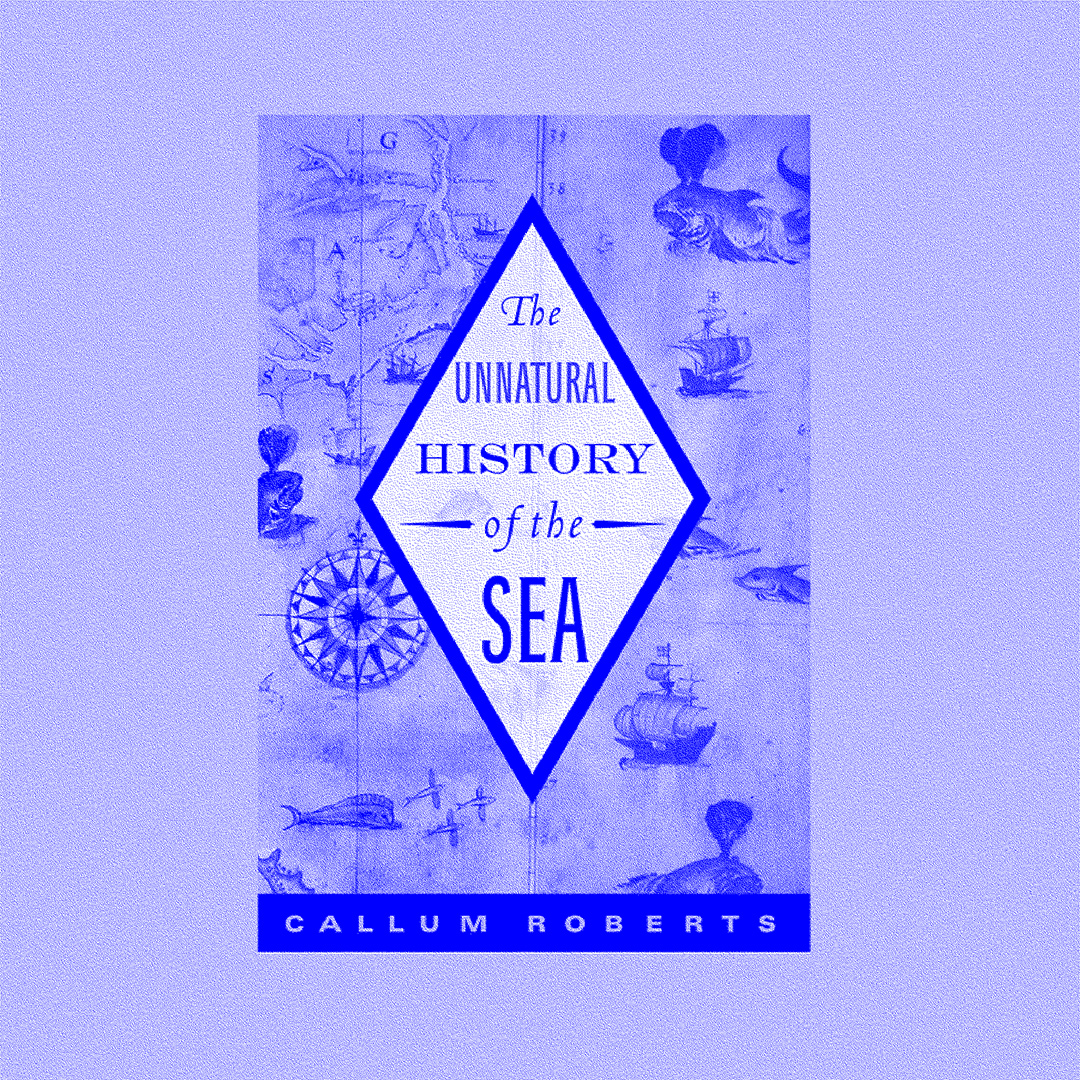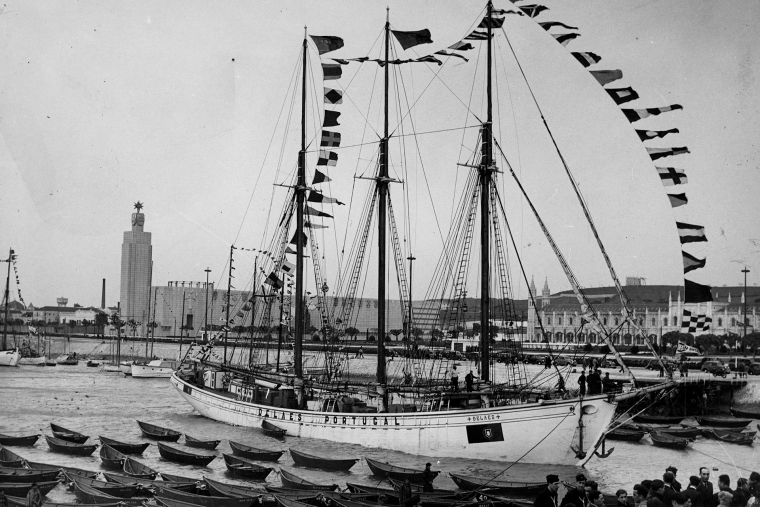The Unnatural History of the Sea by Callum Roberts
Recommended by André Tavares
There is a common assumption that our grandparents’ landscape had a more balanced ecosystem than our own. This assumption also applies to our grandparents, whose view of the planet was one of regret for the lost natural grandeur of the landscapes of their ancestors. In the history of the sea, this phenomenon – the tendency towards a blind historical horizon – is known as a “shifting baseline” and Roberts’ book traces the continuous history of “shifting baselines” in marine depredation due to fishing.
The history of marine ecosystems is hard to trace. To get a glimpse of it, one has to rely on scattered sources – memoirs, descriptions, fisheries reports, political debates, consumption habits and iconography. Roberts navigates between these disparate sources to narrate a powerful account of the ocean’s marine transformations.
The book follows a linear chronology, starting with the origins of fisheries and progressing to contemporary marine challenges. One of the turning points identified in marine depredation is the development of trawling, a technique responsible for major ecological shifts on the sea floor. Trawling, in which nets are dragged across the sea floor, provokes major collateral damage that affects not only the fish but also their food and environment. When steam power was added to trawlers in the late-nineteenth century, the impact of fishing on marine ecosystems grew exponentially. As we learn from Roberts’ book, these ecological disasters were just part of a continuous ongoing process of depletion.
Architecture does not feature in Roberts’ account. Nevertheless, every “shifting baseline” can be related to architectural phenomena, as the author mentions in the first pages of the book (p. 20): “Commerce in fish and the development of towns seem to have gone hand in hand: fish markets are among the earliest identifiable points of medieval towns.” Later, on page 220, he mentions that the oyster-based economic boom in Chesapeake Bay created an urban pressure on its waters and environment, including deforestation, a dynamic that ended up devastating the entire ecosystem. Oysters attracted people who then killed the oyster ecosystem. Throughout the book, there are endless accounts of the dynamics of historical marine ecosystems and their connections to inland cultures, many of them related to specific architectural and urban counterparts.
Roberts’ book provides extraordinary historical depth to the human impact on the seas and fisheries and it opens various possibilities for understanding how architecture follows fish.
The Unnatural History of the Sea
Callum Roberts — Island Press, Washington, 2007.
 |
-
More on this book here.
|
André Tavares is an architect and head of the publisher Dafne Editora. He was editor-in-chief with Diogo Seixas Lopes of the magazine “Jornal Arquitectos” (2013–2015) and in 2016 co-curator of the 4th Lisbon Architecture Triennale, The Form of Form. His book The Anatomy of the Architectural Book (Lars Müller/Canadian Centre for Architecture, 2016) addresses the crossovers between book culture and building culture. He currently works as a researcher at Escola de Arquitectura da Universidade do Minho, in Guimarães, and as a consultant for Garagem Sul Architectural Exhibitions, in Lisbon.
|
The series of workshops Architecture Follows Fish aims to understand the architectural phenomenon happening on the shore as the consequence of both the natural and the unnatural dynamics of the sea. It brings together architects, scholars, reporters, biologists, and authors who have dealt with a range of subjects relating to Fishing Architecture. This series of workshops is a collaboration between maat, CCB Garagem Sul, and the Fishing Architecture research group, and is an offshoot from the exhibition Our Land is the Sea: The Sensitive Construction of the Coastline (CCB Garagem Sul, 10/03–09/08/2020).
|

Swordfish (Xypias gladius). Illustration included in the book The Unnatural History of the Sea (Callum Roberts — Island Press, Washington, 2007), also available here.







